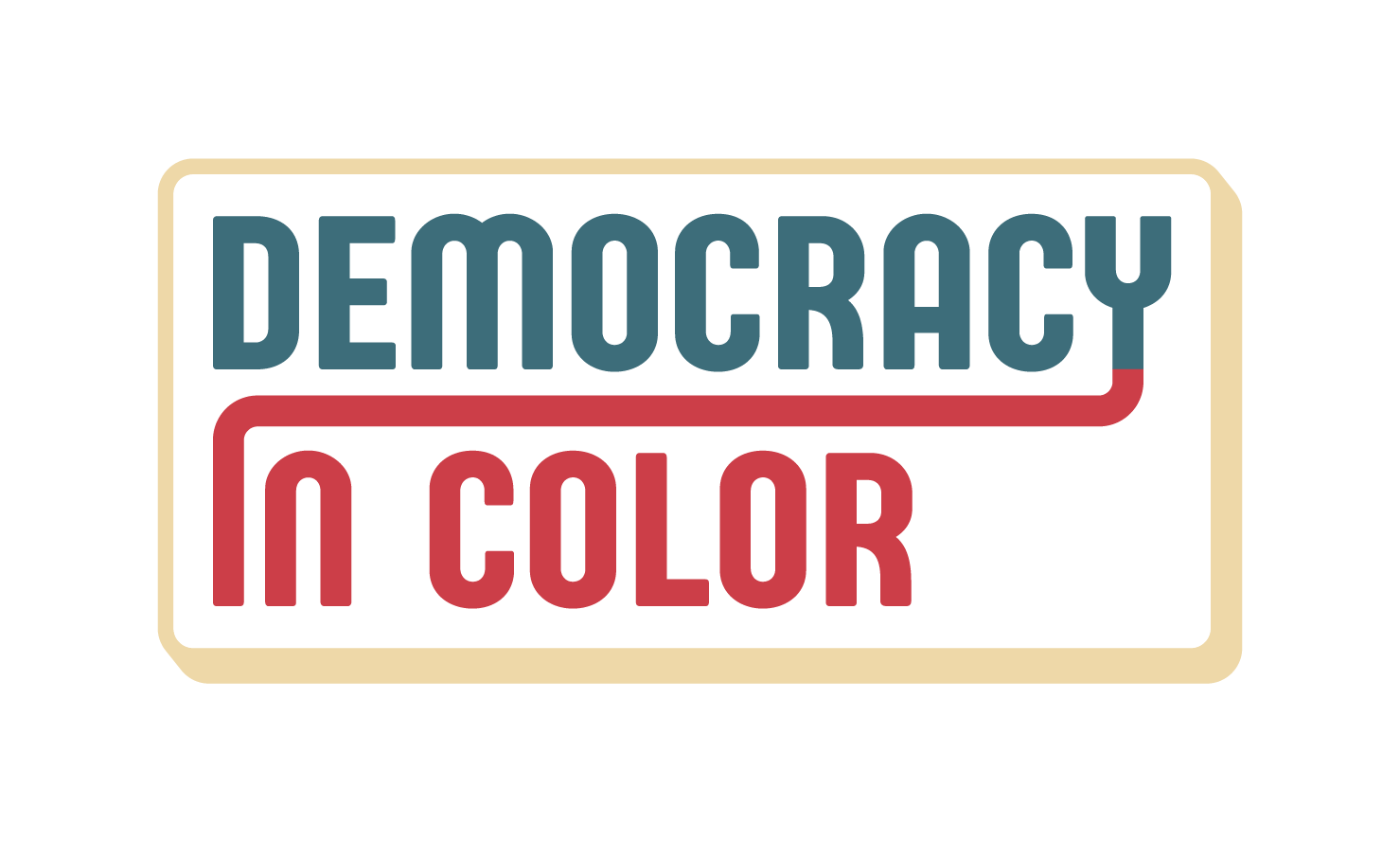How to Hold the House: The Political Power of the “Gayest City in America”
By Steve Phillips & Dr. Julie Martinez Ortega
Photo by Zach Vessels on Unsplash
Map courtesy of Ballotpedia
Ken Calvert’s record-setting 30-year term as a member of Congress appears to have run its course. Not only has CA-41 become less red over the past decade as more voters of color have moved in (44.2% of voters are now people of color), but the longest-serving member of the California delegation is running in a redrawn district that now includes Palm Springs—the city that proclaims itself to be “the gayest city in America”—and is packed with voters eager to toss out Calvert after years of enduring his anti-equality positions on a wide array of critical issues.
HIGH LEVEL
The inclusion of Palm Springs and its politically engaged electorate in this newly drawn district is expected to play a pivotal role in November given that Palm Springs voters historically turn out at a high rate of 54%, whereas the rest of the district’s voters only turn out at a rate of 34%. That will be even more important this midterm cycle when fewer voters participate overall. As one CA-41 community leader said to The New York Times, “It would be ‘poetic justice’ if Mr. Calvert were unseated by an openly gay candidate,” given Calvert’s history of using homophobic tactics in prior elections.
The challenger, Will Rollins, couldn’t present a more stark contrast and alternative to Calvert if he tried. An openly gay 37-year-old, Rollins is running on a platform of preserving democracy, improving the economy, and protecting civil rights and the right to choose. These are all issues on which Calvert’s voting history will drag him down with his new Palm Springs voters as well as with the growing population of voters of color in the district.
CA-41 is now almost perfectly split between Republican and Democratic voters. In 2020, Trump won more voters than Biden, but by the thinnest of margins (1.1 percentage points).
NMI RATING
Our New Majority Index rates the CA-41 as “Even”. After taking into account the underlying demographics of the district, including low propensity voters of color, it’s evenly split between Democrats and Republicans.
GROUPS ON THE GROUND
Since 2017, community organizations, agents, and leaders in the Inland Empire have self-organized intersectionally through Inland Empire United, a collaborative effort that supports and elects candidates who share their collective vision for this region.
TOPLINE NUMBERS
In 2020, Trump won more votes (51%) in CA-41 than Biden (49%) among voters residing in the newly drawn district lines. The margin of loss in the new CA-41 was a mere 3,919 votes.
FINANCIALS
PROJECTED VOTES IN 2022
If eligible voters of color were to turn out to vote at the same rates as white voters in CA-41 did in 2020, Democrats could manage to flip this seat that has been Red for decades.
In 2022, there would be over 20.5K additional voters of color in CA-41 if they turned out to vote at the same rate as white CA-41 voters did in 2020.
In 2022, there would be almost 155K votes cast for Democrats by voters of color if eligible people of color turned out at the same rates as their white counterparts did in 2020, which is over 15.5K more POC votes for Democrats than in 2020 .
The GOP margin of victory in the 2020 presidential race was only 3,919 votes.




